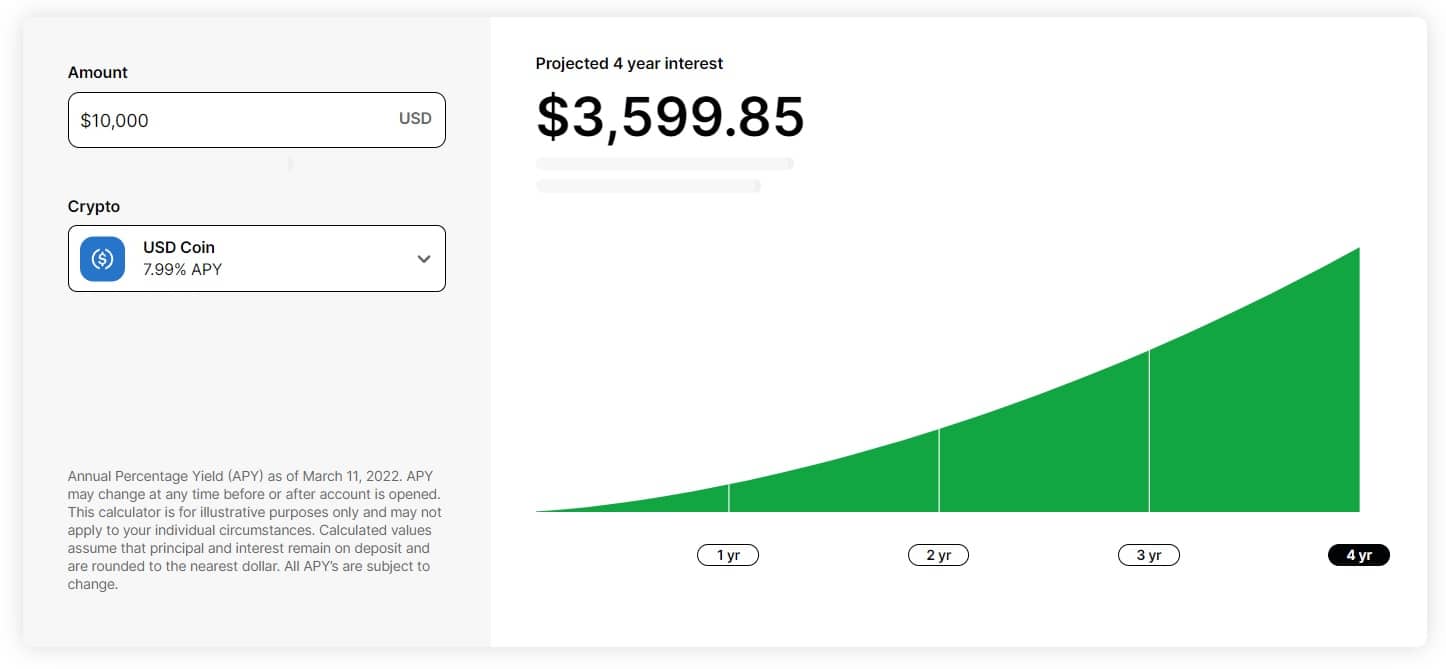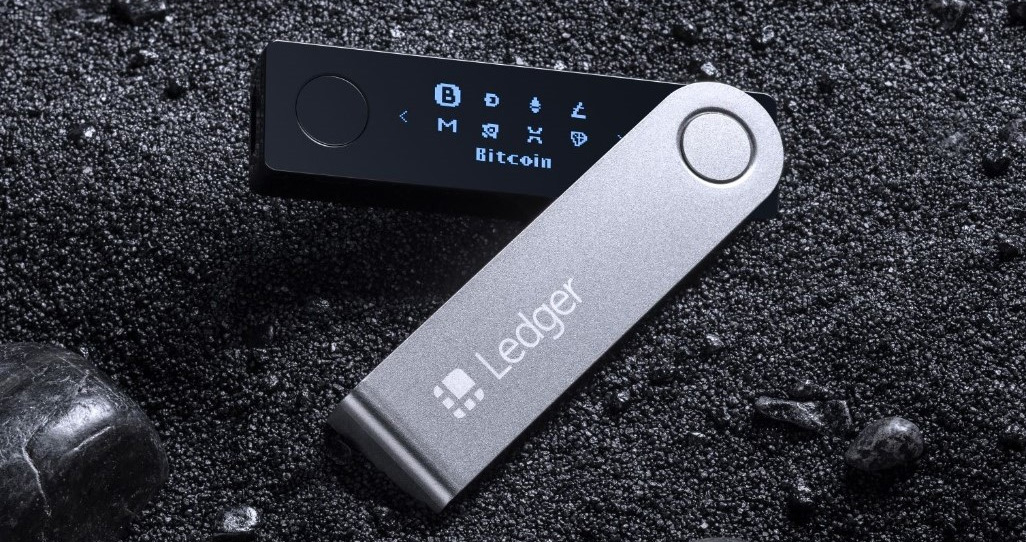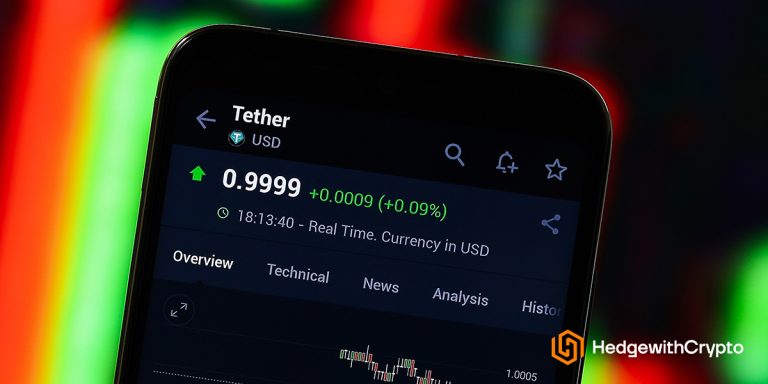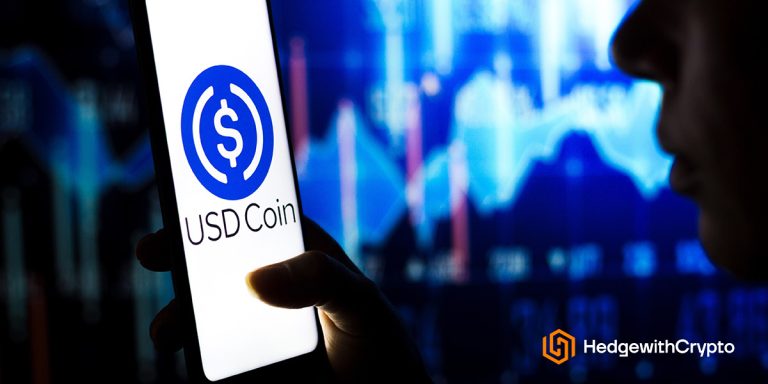What Are Stablecoins, How Do They Work & Are They Safe?
- Stablecoins are a type of cryptocurrency whose value is pegged to a national fiat currency at a 1:1 ratio. Examples include Tether (USDT), Binance USD (BUSD), and Dai (DAI).
- Stablecoins are important in facilitating digital payments across borders, financial inclusion, and stores of value, as well as representing real-world assets like fiat currencies, commodities, and securities on blockchain networks.
- Being decentralized, stablecoins are not regulated or controlled by any government or regulatory body.
TABLE OF CONTENTS
Stablecoins are an essential part of the digital currency ecosystem. They are a type of cryptocurrency that is tied to the value of a national fiat currency on a 1-to-1 basis and can be used for a variety of purposes. These cryptocurrencies are sought after as a familiar unit of currency to trade between other digital assets. This article will take a closer look at what stablecoins are, how they work, their pros and cons, and whether they are safe to use.
Stablecoins Explained
Stablecoins are a group of cryptocurrencies that follow the value of national fiat currencies. For example, the most popular stablecoins are worth the same as one United States dollar, within a minimal margin. At the time of writing, five stablecoins are in the top 20 cryptocurrencies by market volume, with a total value of more than $175 billion.
The most popular stablecoins match the value of the United States dollar. However, it’s also possible to find cryptocurrencies that follow the values of Euros, Australian dollars, and even physical gold. Depending on the individual's cryptocurrency trading and investing goals, stablecoins can play a critical role in their investment or trading strategy.
The Most Popular Stablecoins
These are the most popular and largest stablecoins based on the total market capitalization at the time of writing:
- Tether (USDT). The first blockchain-enabled platform to use a stable accounting unit based on the US Dollar.
- Gemini Dollar (GUSD). Backed by Boston’s State Street bank. The stablecoin is insured via the FDIC deposit insurance program.
- USD Coin (USDC). USDC is a privately operated stablecoin tokenized version of the US dollar and falls under the category of fiat-backed stablecoins.
- Binance USD (BUSD)
- TerraUSD (UST)
- Dai (DAI)
- TrueUSD (TUSD)
- Pax Dollar (USDP)
- Neutrino USD (USDN)
- Fei USD (FEI)
This Is What Stablecoins Can Be Used For
Stablecoins have several important uses in the cryptocurrency industry. These include a store of value, a digital currency for trading, a means to invest in staking, liquidity pools, or lending and borrowing platforms to earn interest. Creative cryptocurrency enthusiasts may have other uses for stablecoins, but these are among the most common and easily accessible.
- Store of value: While Bitcoin acts as digital gold to some, there’s no guarantee that Bitcoin’s value won’t dramatically drop, as has happened in the past. When holding stablecoins, investors know they will always hold the same value, assuming the currency continues to work as intended. With blockchain technology, anyone can hold digital currencies indefinitely.
- Trading: Active traders can use stablecoins as collateral to trade cryptocurrencies instead of fiat. Stablecoins represent a stable value and a familiar currency unit without price volatility. Moreover, traders do not need to continually deposit fiat currency to an exchange, which takes time to verify their identity, etc. Stablecoins allow traders to quickly and easily swap between digital currencies by acting as an intermediary, giving an asset (e.g., BTC/USDT) a familiar value in fiat terms.
- Investing: Some cryptocurrency exchanges and lending platforms offer high interest rates on stablecoins in a portfolio. As of this writing, finding rates around 7% to 8% APY at reputable exchanges and investment platforms is feasible. Nexo and Gemini are noteworthy platforms with good rates on stablecoins.

Stablecoins As An Investment
Investors buy stablecoins for many reasons, including investing, trading, and earning higher interest than traditional financial institutions. Stablecoins are cheaper and faster to fund a trading wallet without paying deposit fees. Moreover, using stablecoins as collateral allows the person to trade with lower fees than using fiat. Using fiat to buy crypto from a bank account or payment card can have fiat deposit fees (e.g. credit card surcharges) and take several days to process.
Stablecoins are ideal for anyone who wants to keep their money invested in the cryptocurrency market without the risks of more volatile currencies and tokens. Having a familiar currency unit and stable value, there may be less perceived risk than withdrawing back to a fiat currency. Some may want to stake their currency in specific stablecoin projects, such as Dai, which supports the Dai ecosystem while earning holders Dai rewards.
There is also the lure of high interest rates compared to a traditional bank. In an era of high inflation rates, stablecoins earning 8% APY may be tempting compared to savings accounts that pay well under 1%. While stablecoins such as USDT and USDC are not government-backed or insured, they can be seen as having a lower risk than most other cryptocurrencies.
Related: USDT vs. USDC: Which is the better?
Pros & Cons of Stablecoins
Pros:
- No volatility. Stablecoins are pegged to the dollar, euro, or other currency on a 1 to 1 ratio that offers a stable and reliable price. While there are subtle fluctuations in the price, stablecoins such as GUSD can be traded with minimal volatility.
- Familiar unit of account. People can use stablecoins to measure the value of other cryptocurrencies in their currency. For example, the price of Bitcoin can be measured against USDT, which is the equivalent of USD 1.
- Highly available and accessible. Stablecoins can be obtained on most cryptocurrency exchanges with fiat currency or converted using another crypto. There are hundreds of exchanges worldwide that support various fiat currencies and payment methods.
- Fast and low fees. Stablecoins have relatively low fees to send and receive between digital wallets. For example, the cost to withdraw Tether (USDT) from a crypto exchange can range between $0.29 and $25 for any amount. Moreover, the speed of transactions takes a few minutes compared to the traditional banking system which can take several days for a wire transfer.
- Transparent and secure. Based on secure blockchain technology, stablecoins offers a high degree of transparency, security, and immutability, and transactions can be verified anytime.
Cons:
- Not government-backed or insured. Unlike cash in the bank, governments do not insure or regulate stablecoins. Owners that hold stablecoins are not protected against exchange hacks or scams. There’s also the possibility they can lose value or even go to zero if the company behind the stablecoin goes bankrupt or faces legal problems.
- There is a possibility of fraud and scams. If the stablecoin owner falls victim to a scam, cryptocurrency transactions are very difficult to reverse.
- Difficult to use. Using stablecoins requires understanding of blockchain technology, exchanges, and digital wallets.
Types of Stablecoins and How They Work
Each stablecoin project is unique, but there are two basic categories of stablecoins:
1. Fiat-Backed Stablecoins
Fiat-backed stablecoins are currencies managed by a company that holds fiat currency and fiat-denominated investments equal to the value of all coins in circulation. That means for every $1 in stablecoins, there’s $1 in a bank or investment fund somewhere.
Major fiat-backed stablecoins are Tether, USD Coin, and Gemini dollar. These companies produce audit reports from independent accountants or auditors showing the underlying assets. However, Tether has been accused of misrepresenting its holdings and “printing” new coins without reserves.
2. Non-Fiat-Backed Stablecoins
Unbacked stablecoins are algorithmically created and managed, similar to how Bitcoin works without a middle-man. They derive value from their trust and use in the community and may hold other assets in a pool to stabilize the currency.
An example is Dai, a currency created by MakerDAO which is an Ethereum-based project that powers the Dai and Maker currencies. Maker relies on smart contract-driven collateral vaults and unique algorithms to maintain its soft power to the United States dollar. UST is another large algorithmic stablecoin project related to the cryptocurrency project Luna. However, the coin ultimately de-pegged and became one of the biggest crypto failures of all time.
Are Stablecoins Safe?
Stablecoins reside on blockchain technology with very safe cryptographic security protocols. Moreover, the public network is open-source and verifiable. As for the companies behind fiat-backed stablecoins, there is always a risk of becoming bankrupt, which could potentially make the stablecoins worthless. Therefore, stablecoins minted by a central authority should not be guaranteed 100% safe.
However, public confidence in stablecoins has increased significantly, as can be seen by the total market capitalization of the top stablecoins. The increased perception of safety is partly due to their transparency and frequent reporting of the underlying assets backing up the number of stablecoins in circulation. The bank balances and asset reserves are heavily audited and publicly available to provide full transparency. For a comparison list of the safest stablecoins in crypto, read this guide next.
Stablecoins Are Not Regulated
Stablecoins such as Tether, USD Coin, and Binance Coin that are pegged to fiat currencies are not currently regulated by the US Government or other countries. Exchanging stablecoins or using them for payment of goods and services is allowed, however, there is no consumer protection available to investors. There are over 100 Governments around the world such as the United States which are exploring a digital version of their fiat currency that would potentially become a Government-backed regulated stablecoin.
Are Stablecoins a Good Investment?
Stablecoins do not appreciate over time as they are pegged 1 to 1 with fiat currencies such as the US Dollar. This means investing in stablecoins is not a good investment to make a capital gain or grow a portfolio. However, stablecoins can be used as an investment strategy to earn interest. Certain lending platforms can offer up to 12% APY on stablecoins such as USDT, USDC, GUSD, and DAI.
Storing Stablecoins
Stablecoins can be transferred to digital wallets for storage. There are essentially two forms of wallets: hot wallets and cold wallets. Hot wallets, such as crypto exchanges and phone app wallets, are connected to the Internet. These wallets are less secure than cold wallets but allow investors to stake, yield farm, and access interest-earning opportunities. For improved security, cold wallets such as the Ledger Nano products are one of the best ways to store stablecoins; however, it takes longer to access the funds to spend or exchange for other cryptocurrencies. For more information on where to store stablecoins, read this article on the best crypto wallets to use.


